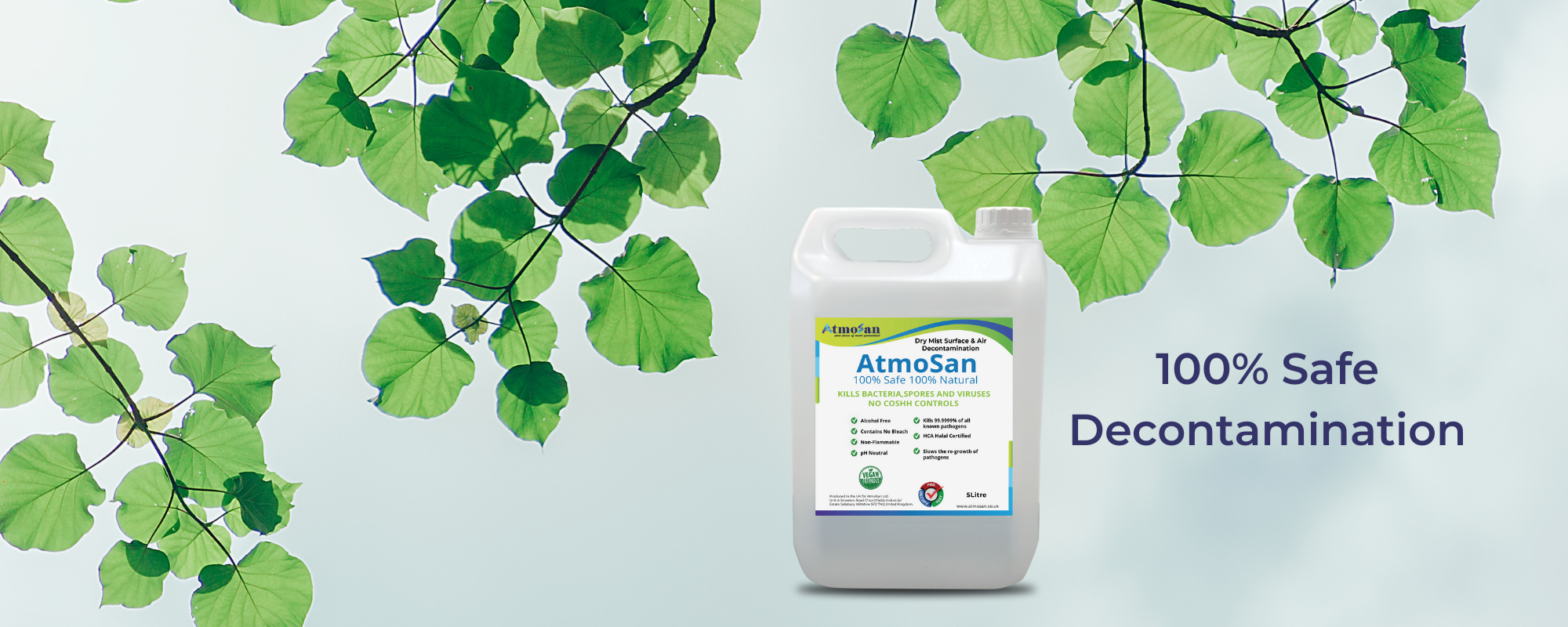SEARCH
Menu
SEARCH

‘Hypochlorous Acid’, as a generic term, covers a broad range of chemically similar solutions but with quite different properties…
There are specific properties which influence the capability of hypochlorous acid to act as a disinfectant, ie to kill germs. In producing hypochlorous acid, the manufacturing challenge is to produce a solution which has the best possible disinfection capabilities, whilst remaining free of adverse health effects associated with other chemical disinfectants. The overall aim is to keep pH as close as possible to neutral, i.e. 7, whilst maximising the disinfecting properties.
One of the key disinfecting properties of hypochlorous acid is its ‘Oxidation Reduction Potential’, (‘ORP’). The higher the ORP, the greater the disinfection capability. However, ORP moves inversely to pH, so the challenge is to achieve the highest possible ORP whilst keeping the pH as close to neutral as possible.
The consensus view is that there is a certain threshold of ORP that is required to convey disinfection capability. That threshold level is broadly in the region of 650 millivolts.
The Atmosan advantage is based on its high ORP whilst maintaining a neutral pH. Atmosan is produced with ORP in the order of 950 millivolts, well above the threshold of 650 millivolts, whilst having a corresponding pH of ~ 6.9. This helps to maintain its natural appeal whilst functioning as a powerful disinfectant.
Atmosan Biocide – natural and potent disinfection through manufacturing excellence.
ATMOSAN LIMITED
AtmoSan Ltd, 13 Eelmoor Rd, Farnborough,
Hampshire, GU14 7QN
Copyright © 2021. All Rights Reserved.